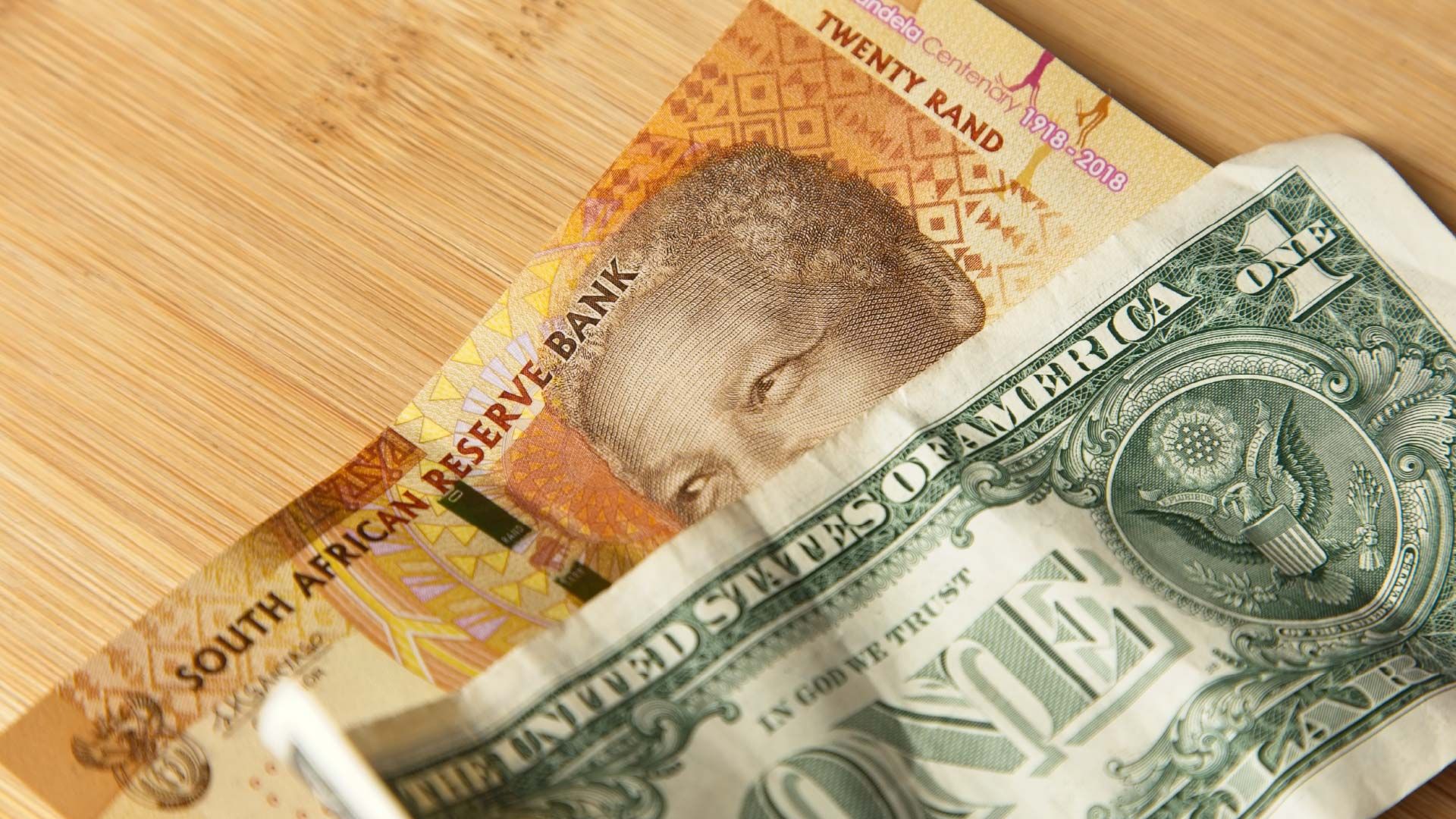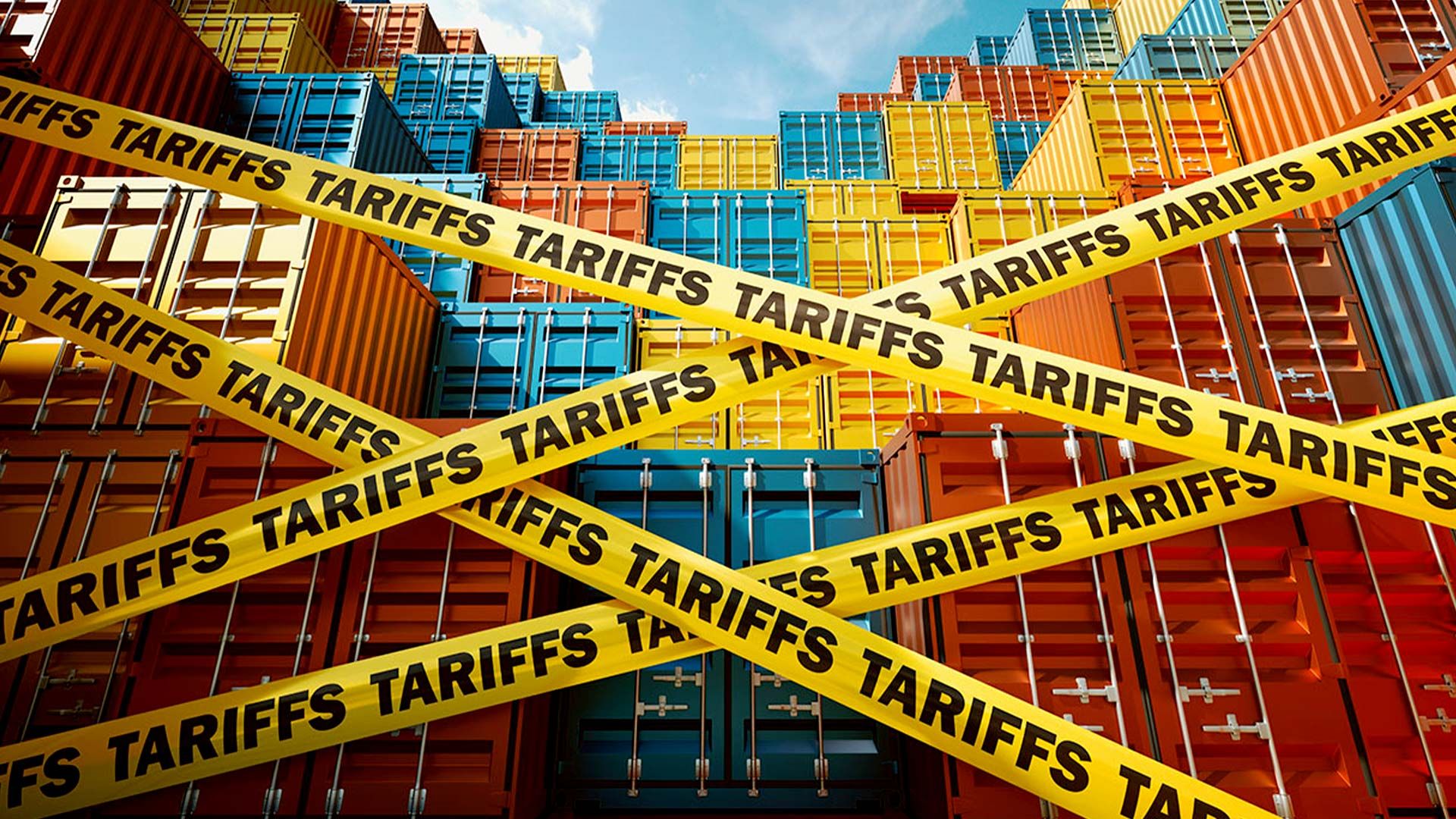August 7, 2025
The South African Reserve Bank’s Double-Edged Sword
Juggling the Rand and International Trade

The Rand’s recent depreciation from approximately R18.50 (Mid-March 2025) against the US dollar to a peak of R19.74 (1st & 2nd April 2025) illustrates how trade tensions and policy shifts impact currency stability. This volatility, driven by fears around tariffs and geopolitical tensions, directly affects South Africa’s core mandates. As a nation that relies heavily on imports for domestic consumption and production, fluctuations in the Rand-Dollar exchange rate influence import prices, inflation expectations, and ultimately, the cost of living.
South Africa’s primary export sectors, notably minerals and automotive manufacturing, are sensitive to foreign trade policies. The imposition of a 30% US tariff on South African goods our third-largest trading partner poses a significant threat. Already, the automotive industry, which benefits from government subsidies via the Automotive Investment Scheme (AIS), faces mounting pressures as increased US vehicle prices due to the 30% tariffs from the 7th of August threaten demand for South African-produced vehicles and automotive parts. Potential declines in exports of precious metals and machinery could lead to job cuts and de-industrialisation, undermining long-term economic stability.
Furthermore, South Africa’s trade deficit with other BRICS+ nations (notably China and Russia) underscores the importance of maintaining stable trade relations. Increased tariffs and trade restrictions risk shrinking export volumes, diminishing government revenue, and heightening economic uncertainty. This scenario exerts upward inflation pressure and complicates SARB’s efforts to maintain price stability. As inflation expectations rise due to currency depreciation and global cost increases such as rising electricity tariffs and supply-side inflation pressures the SARB faces a delicate balancing act.
In its July Monetary Policy Committee (MPC) meeting, the SARB revealed a preference to lower the inflation target to a specific 3%, aligning with its long-term vision for stability and growth. However, the National Treasury prefers a broader range with a midpoint of 4.5%, reflecting caution amid external risks. A tighter inflation target could enhance the credibility of monetary policy but may also constrain the response to external shocks, such as the current trade tensions.
The currency’s performance also influences monetary policy and fiscal stability. Lower interest rates could stimulate investment and boost asset markets, but if inflationary pressures mount unchecked, the SARB may be forced into a tightening cycle, dampening growth prospects. The government and SARB must therefore coordinate closely to safeguard the currency’s value and contain inflation, ensuring that South Africa remains resilient amid unpredictable global trade policies.
The interplay between South Africa’s trade environment, currency stability, and monetary policy underscores the importance of prudent economic management. The Rand’s recent volatility exemplifies the challenges faced by policymakers striving to protect our economic sovereignty and ensure sustainable growth. By fostering a resilient trade policy framework, supporting the manufacturing sector, and maintaining fiscal discipline, South Africa can safeguard its two-fold mandate stability of the Rand and inflation control against the uncertainties of the evolving geopolitical landscape. A steadfast adherence to conservative fiscal principles and strategic trade diplomacy will be vital in securing a prosperous future for our nation.











